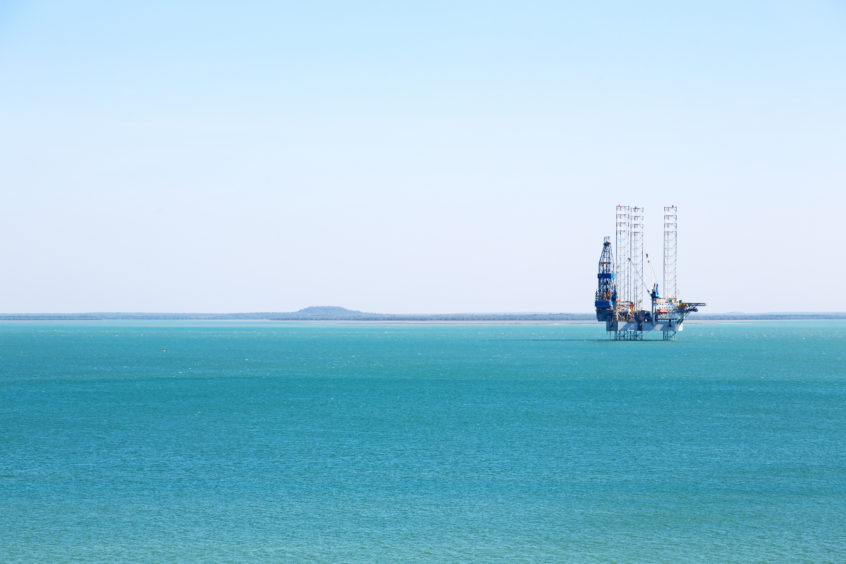
Aberdeen-based Wood and National Energy Resources Australia (NERA) today announced that the pair have teamed up to deliver an artificial intelligence (AI) software solution for offshore asset inspections that could create savings of A$2.8 billion ($2 billion) per year.
The Augmented Machine Vision Solution (AMVS) has been developed through a 12-month, $288,600 partnership, between Wood and NERA, the pair said today in joint statement. NERA is an independent, federally funded, industry growth centre, established to drive expansion in the Australian energy resources sector – to develop a solution for the inspection of critical industrial equipment, particularly for subsea oil and gas infrastructure.
“By combining Wood’s deep domain knowledge with cutting-edge AI technology, the AMVS will deliver a safer and faster inspection approach which can provide operators with more accurate and up-to-date information to help maximise the output of their assets. It’s a game-changer for inspections that we know are susceptible to human error and inconsistencies,” said Azad Hessamodini, president of growth & development at Wood.
Historically, inspections have required technicians to travel offshore to manually review numerous hours of footage recorded by inspection devices. The pair said the new solution uses an AI engine to watch the footage, searching for potential faults and flaws that need to be further inspected or have repairs undertaken. Not only does the new technology flag up any anomalies but it also eliminates the need for technicians to travel to hazardous, offshore sites and is faster and more accurate.
“With the reduction in safety risks and the associated process improvements, the solution has the potential to create savings of A$2.8 billion per year for the offshore energy industry. Improvements from better-connected operations can also be realised through faster turnaround times and reduced costs for crew and vessels,” said the pair.
NERA chief executive Miranda Taylor said she’s delighted NERA is part of this exciting and revolutionary project, developing new skills and solutions in Australia that are already being used around the world to improve safety and reduce costs.
“This project is improving the inspection of infrastructure that’s long been a highly labour intensive and dangerous activity. Through this project we’re helping to reduce the need for technicians to spend long hours offshore examining footage of equipment by using software developed by Wood to examine the footage under the control of technicians who can remain safely onshore,” she added.
“We’re excited to see potential opportunities emerging for this solution to be deployed into a number of other fields.
“This project is another great example of what can be achieved when Australian companies are provided with the support they need to accelerate the development of technologies – growing exports, growing jobs and improving the safety of the workforce”, she added.
This is the latest collaboration between Wood and NERA who have previously worked together on the Transforming Australia Subsea Equipment Reliability (TASER) project, which aims to improve subsea equipment design and reduce the requirement for costly and time-consuming interventions in Australia’s challenging offshore warm water environment. As part of the project, ‘living laboratories’ were created to assess the effectiveness of innovative coatings, materials and technologies against calcareous deposition and marine organism growth on subsea equipment.
Recommended for you

